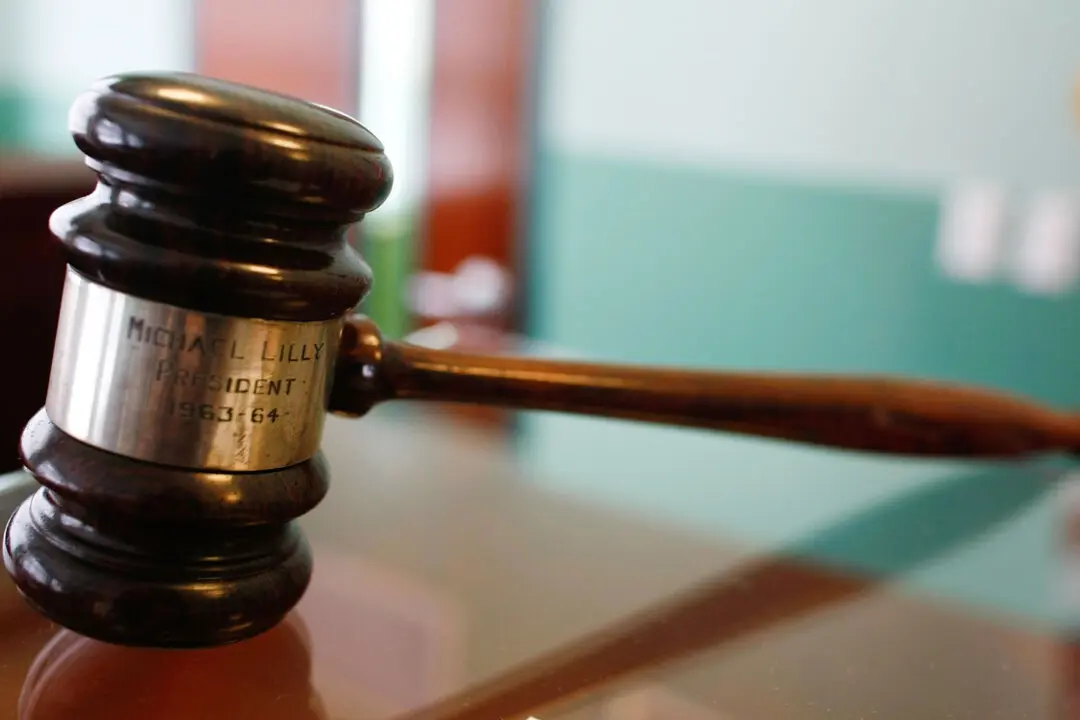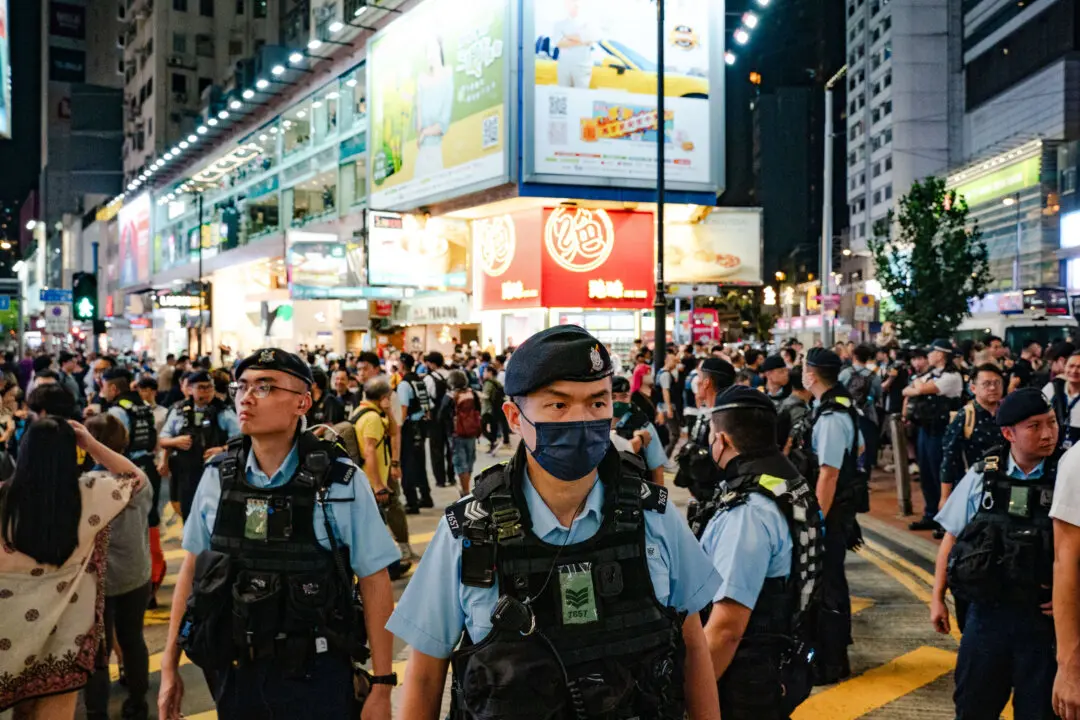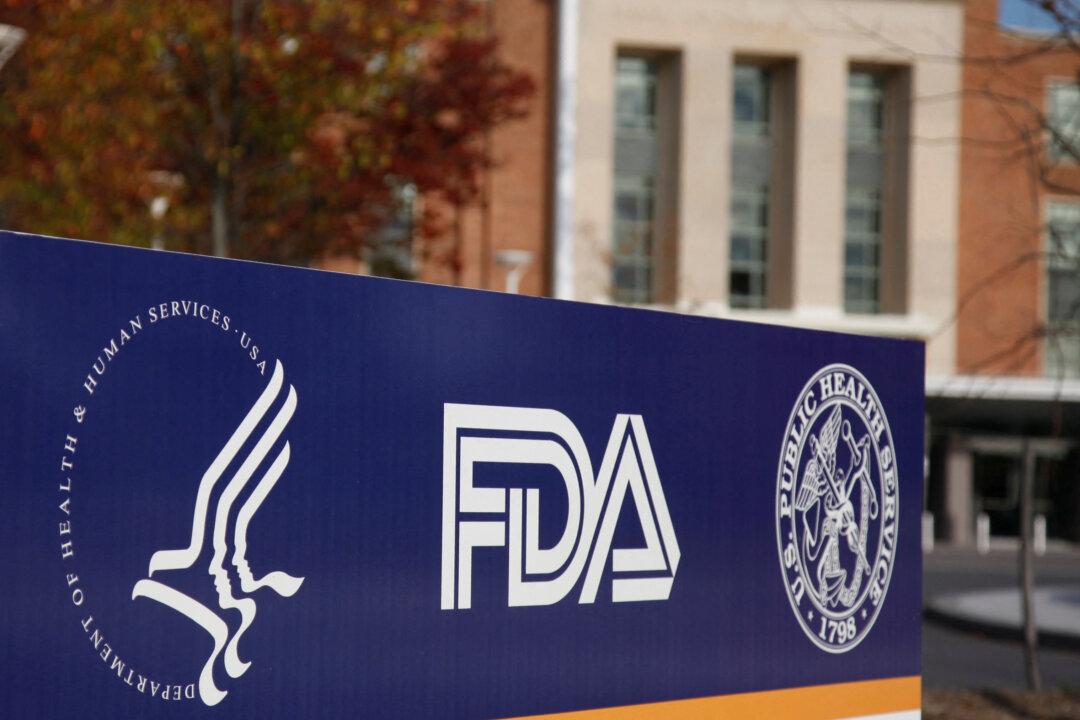Australian Prime Minister Scott Morrison has attributed the establishment of a quarantine-free two-way travel bubble between Australia and New Zealand to each country’s success in managing the CCP virus pandemic.
“This latest major step in the resumption of international travel has only been possible due to the internationally recognised, world-leading responses to the COVID-19 pandemic by Australia and New Zealand,” Morrison said in a statement on April 6.





